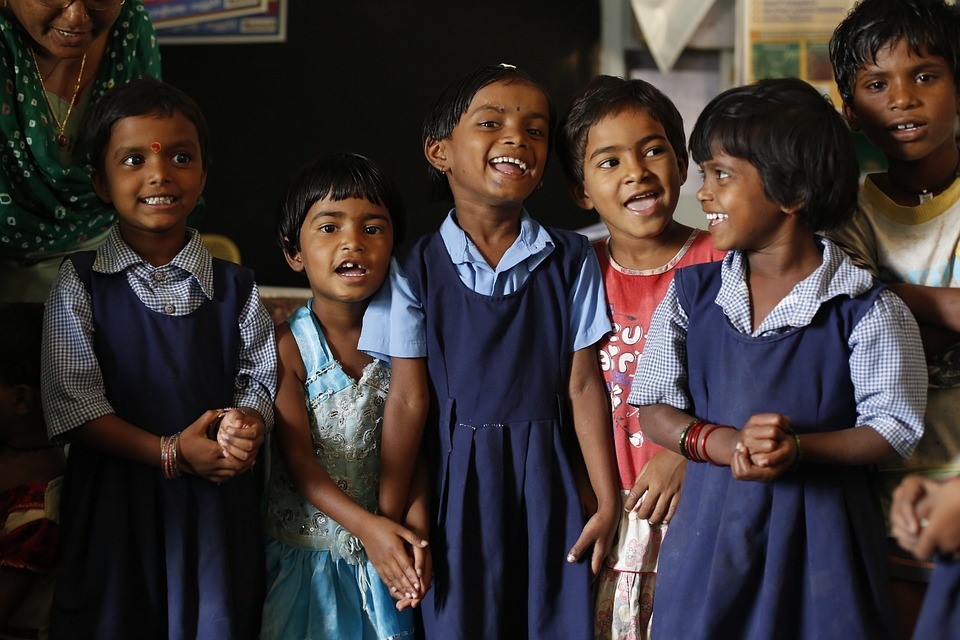One, two, three, or eleven….
How many children are born into the average Indian family depends heavily on the region in which the family resides and the level of that state’s economic development. This month India’s total population will surpass that of China making it the most populous country on earth, according to demographic experts at the United Nations. China first became the most populous country in 221BC when Qin rulers unified the territory. Although it lost the title during the height of the Roman Empire, and again for a short period during the British rule in India, it appears that China’s “One Child Policy” has doomed its future generations to long-term secondary status. India, a democracy, reformed its more extreme population control policies in time, long before China recognized its downward trajectory and relented on its draconian rules. Although India’s population curve is flattening like that of many developed countries, it appears to have escaped the dire demographic future facing China.
“This demographic milestone, however, masks dramatically divergent trajectories inside India, with fertility rates varying sharply from state to state,” says Gerry Shih and Karishma Mehrotra in a Friday Washington Post story. In Tamu Nadu, India’s southernmost state, the population rate is similar to that of the United States and Sweden. Families have an average of 1.8 children. The area is known for its factories, car manufacturing plants, and iPhones. The story is quite different in northeast India’s agrarian Bihar state where women have an average of three children and 40% marry as teenagers.
India’s bifurcation between north and south, rural and urban, and small and large families has transformed the country into two very different looking places and frustrated Indian leaders and policymakers. The demographic gap has grown larger over the last 40 years. Today, Indian leaders are addressing the issue.
In the southern region there are more high paying jobs which help provide an improved social status for women and increase the average family’s wealth and living conditions. There is better access to family planning services, too. “The India of the south already resembles East Asia. It’s actually in the early stages of aging. But the Hindi heartland is still very much booming,” says Arvind Subramanian, India’s chief economic adviser between 2014 and 2018. He sees the divergence between north and south as an opportunity for India to apportion its federal spending to provide jobs for the poor in less developed areas. The result, he argues, will grow the Indian economy.
Within the next seven years India is expected to overtake Germany’s economy in size. The European state still faces a gender gap in salaries with women making almost one-third less than men, despite its 1.58 birthrate and developed economic status. India is facing a similar situation. Economic modernization in southern India in the late 1980’s flourished. By 1990’s fear of a population bomb in the southern states of Tamil Nadu and Kerala had ended as the region dropped below the replacement rate of 2.1 children per family. by 2021, all of India dropped to a rate similar to that of the United States, which has 1.8 children in an average family. India’s population problems are easing. It is not expected to experience a decrease in total population until after 2060. In comparison, it is expected that China’s population by that same time will be less than half of what it is today and with a higher percentage of it retired and not actively contributing to economic production.
Gerry Shih and Karishma Mehrotra note that Poonam Muttreja, executive director of the nonprofit Population Foundation of India, says “Where governance has been good, where women’s education and literacy are better, where public health services are better, you’ll see naturally lower population growth rates.” India’s richer states also pay women to use IUD’s and be sterilized. The argument is that this encourages a woman to become educated rather than married at a young age. Is it working? A 2021 national family survey indicates that in the wealthier states 84% of women are literate, compared to 55% in the poorer northern state of Bihar. The gender preference gap is also narrowing as Prime Minister Modi’s administration created a large campaign to discourage sex-selection abortions.
Today 19.2 percent of married Bihari women are employed outside the home. The government sees education as a major part of the effort to reduce poverty in the future and expand the economic wealth across the country. Cultural change regarding attitudes toward family size takes time, something China ran out of several years ago. Although conservative values still dominate northern India, it appears that there is some hope the government’s message is getting through as family size has decreased over the last five years. Closing the North-South economic gap may be creating short-term contentious domestic politics, as workers in the south dislike their tax dollars leaving the region. In the long run, however, India’s decision to reduce poverty in the north and improve education for women bides well for aiding India’s modernization.
Daria Novak served in the U.S. State Department
Photo: Pixabay
